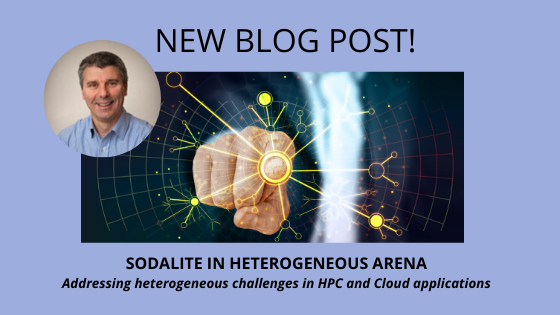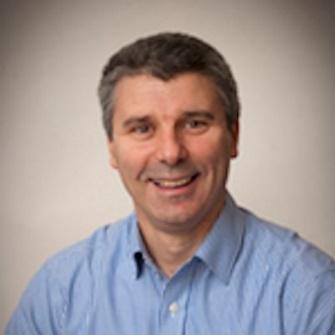Addressing heterogeneous challenges in HPC and Cloud applications
The SODALITE blog is back again. We deliver monthly posts trying to convey the best of our updates and advances to our audience. This time, Karim Djemame (University of Leeds) visited us and left feedback on the relevant challenges within heterogeneity in complex systems.


